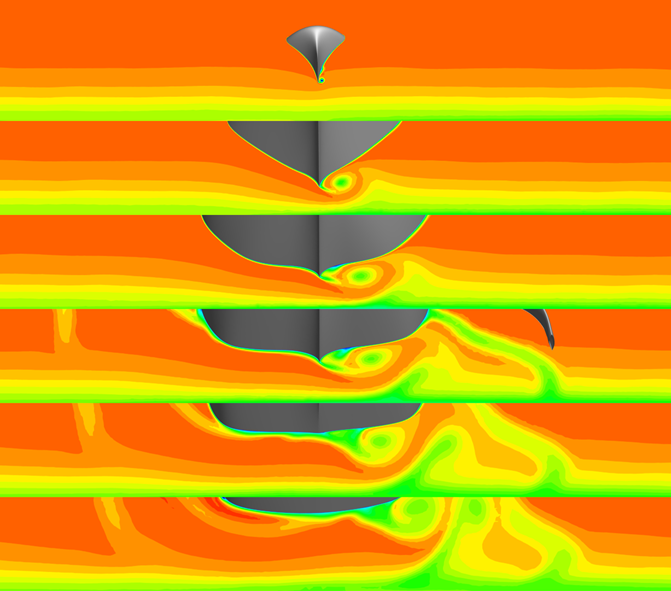
American Magic
New York Yacht Club American Magic “Patriot”: Aerodynamics Flow Visualization. American Magic uses Tecplot 360 to visualize the CFD solutions they produce within AcuSolve from Altair. Tecplot 360 is ideal for this task […]

New York Yacht Club American Magic “Patriot”: Aerodynamics Flow Visualization. American Magic uses Tecplot 360 to visualize the CFD solutions they produce within AcuSolve from Altair. Tecplot 360 is ideal for this task […]
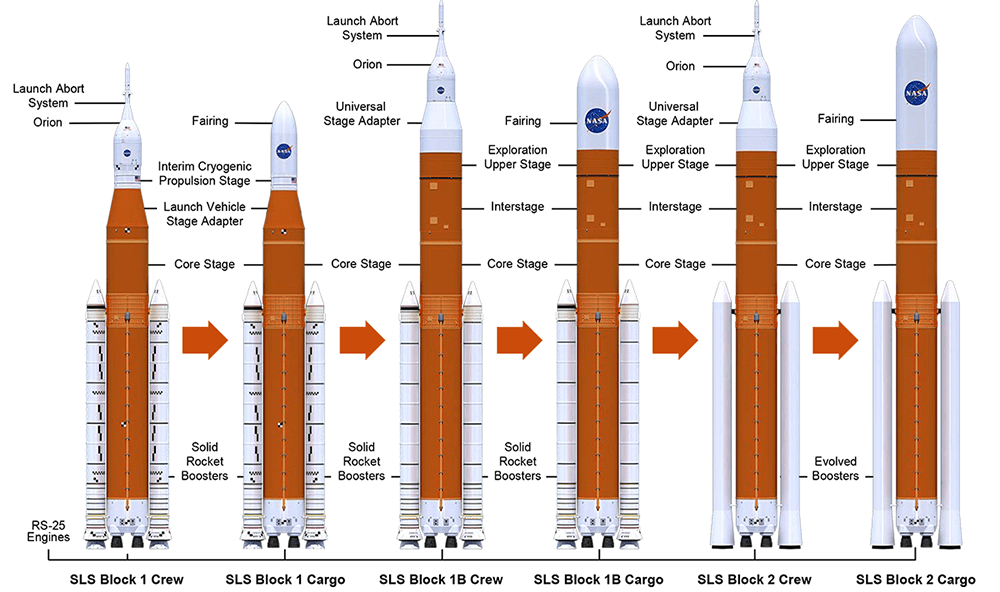
Flight condition analyses reduced the postprocessing time by a factor of 12 relative to the baseline reduction methods. […]
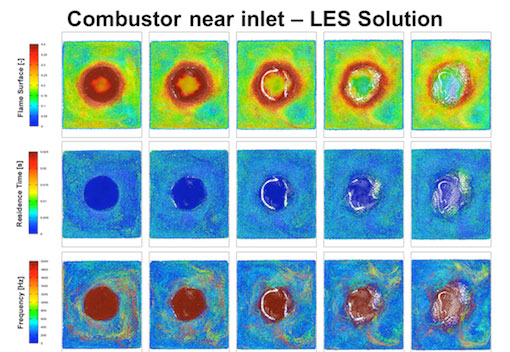
To achieve the goals of efficiency and performance, the CFD workflow has to be fast, agile, and robust, capable of handling huge volumes of data with ease and getting to vital insights and accurate answers fast. […]
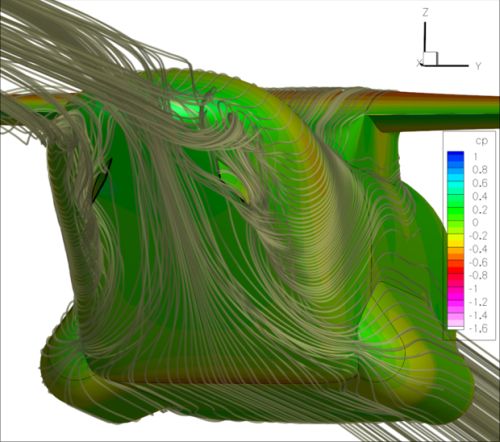
Engineers at the German Aerospace Center (DLR) found that the visualization component was crucial in understanding flow effects of the transport aircraft they were designing. […]
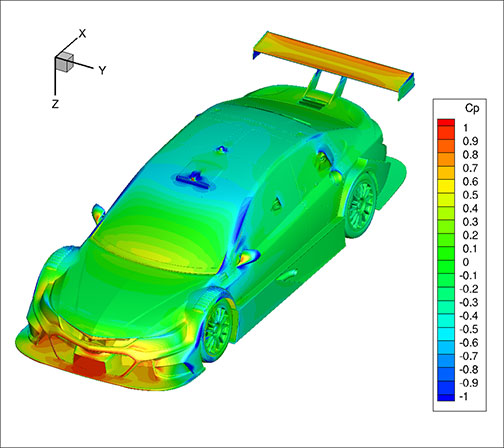
A new case study by Brazilian Tecplot distributor ATS describes their “meticulous analysis” of the aerodynamics of the entire car, including the tradeoffs between top speed, downforce for cornering performance and braking – key components to lower lap times. […]
Tecplot 360 has 10x less time to get to the first picture with the SZL format and more flexibility than Fieldview. Find out why! […]
Paul Ferlemann is an aeronautical engineer and researcher at the Hypersonic Airbreathing Propulsion Branch (HAPB) of the NASA Langley Research Center. The HAPB performs research to develop advanced technology for hypersonic airbreathing propulsion systems for aerospace vehicles. The focus is on airframe-integrated engine concepts having high performance over a wide range of flight Mach numbers. The Challenge Paul was working with a complex geometry composed of 112 distinct zones. The […]
The Stanford Solar Car Project, a student-run, nonprofit organization within Stanford University, has been designing and building solar cars since 1989, and arrives in Darwin every two years with a stunning new vehicle. […]
Case Study: Tecplot Chorus integrates with KARALIT CFD to save time with mesh-free CFD simulations and analyses The Immersed Boundary (IB) methodology, a mesh-free technique for running CFD simulations, has been around since the 1970s. Instead of running Navier-Stokes equations on grids that conform to the shape of an object, as is done with meshing, the IB technique immerses a CAD model of the object into a Cartesian grid and […]
Tecplot 360 helps Stanford University students optimize design of solar-powered car to compete in the Australian Outback’s World Solar Challenge The sun shines down upon the immense Australian Outback like nowhere else, drenching the land in solar energy that begs to be tapped. Where better to stage the World Solar Challenge, a design competition established to find the world’s most efficient solar-electric car? Every two years, some of the brightest […]